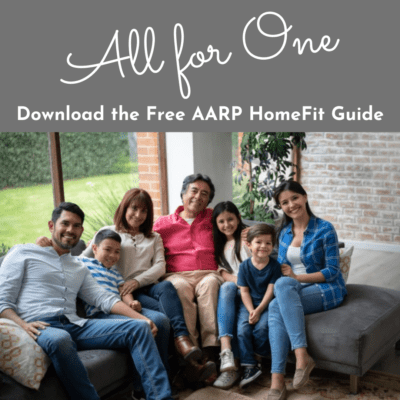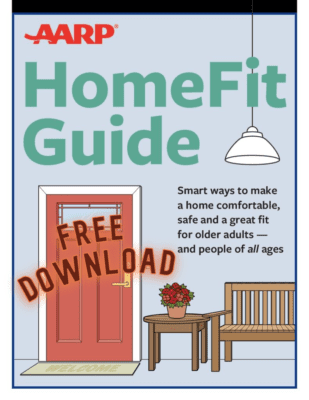If the past year has taught us anything, it’s that family is the most precious thing some of us have.
In decades gone by, extended families often lived in one household, with even more aunts, uncles, and cousins next door, on the same block, or in the same neighborhood. No one strayed too far. It wasn’t until after World War II that multi-generational homes started to break up into separate, nuclear households. By the 1980s, only 12% of American homes were comprised of extended family.
However, over the past few years, we’ve seen the return of what had come to be thought of as an old-fashioned lifestyle: grandparents, parents, and kids living together under one roof.
While some families choose to merge households due to unfortunate situations, such as illness or unemployment, others are opting for multi-generational living simply because it honors the most basic tenet of the family structure—closeness. Here are some of the greatest benefits of bringing everyone together.
Support for Everyone
Caring for our loved ones goes beyond ensuring their physical needs are met. We want our babies and children to feel loved, and our to elders feel secure and connected. While there might be great day care facilities and other private services for both populations, they aren’t nearly as invested in the care of our loved ones as we are.
Numerous studies show that children who are raised with actively involved grandparents thrive emotionally and intellectually. Conversely, limited or disabled seniors show significant improvements in cognitive function and emotional stability when around children and those most familiar to them.
An added sense of security is offered to the generation in the middle; they know their children are safe in the care of able-bodied grandparents. They know their ill or elderly parents are loved and properly cared for right under the same roof. There is no worrying from a distance or feeling too far removed from the day-to-day. The uneasiness of having strangers involved is eliminated.
Quite simply—everyone wins.
Family Wealth
Maximizing family wealth by minimizing cost of living expenses is difficult to ignore. Keeping basic expenses to one household affords everyone more options, should special needs arise (such as nursing care) or extenuating circumstances emerge (such as job loss).
For example, when grandparents are acting as caregivers for the littles ones, they’re providing a savings of approximately $900-$1000 per month—the average monthly cost of daycare for one child in Miami-Dade
Conversely, the average cost of assisted living for moderate to high-end facilities in Miami ranges from $3,500 – $4,000 per month ($42,000- 48,000 annually), which can easily deplete retirement savings and put adult children in financial difficulty to maintain their parents’ living arrangements.
Additionally, property is one of the best ways elders can help support future generations. Merging households ensures that the younger generations are not tasked with figuring out what to do with the property once their parents pass.
Adult children often find themselves struggling to properly maintain, easily sell, and/or fairly divide a home left behind by their parents, particularly if there’s no living will. A shared deed allows the younger generation to remain in the home (if they so choose), accommodate returning college graduates, and so on.
In fact, a well-equipped household can continue the cycle of multi-generational support, keeping a home in the family for decades.
Separate But Together
The idea of everyone being together all the time can seem a bit overwhelming, but independence is achievable, and it’s relatively easy to refurbish a pre-existing home to accommodate multiple generations with separate, private living spaces.
Because this lifestyle is rapidly re-emerging, contractors are adding in-law suites to many new and existing homes. This affords important components, especially for elder populations, such as ground-level living, ease of access, and open floor plans. A multigenerational home doesn’t need to be a sprawling single-story compound to be adequate.
The layout of the home isn’t the only important factor. Functionality is crucial, especially for little ones, family members with mobility issues, and seniors. This includes furniture placement, stair-free entrances and exits, and easy-to-access storage areas, for example.
While there are tons of “baby-proofing” guides and tools on the market, the “how-to” of making a home senior-friendly is not as prevalent. The AARP’s HomeFit Guide (free download) is an outstanding resource to help you make your home efficient and functional for the senior members of your family—even if they are independent and able-bodied.
It Takes Your Village
With appropriate planning and discussions around expectations, boundaries, shared and separate activities, and so on, multi-generational homes have few drawbacks and significant benefits.
Most importantly, the concept brings us back to a very basic, yet intrinsic, human need: to live communally amongst our own, and cultivate an environment rich in love, security, and wisdom.
Love the idea of multi-generational homes, but retro-fitting isn’t your preference? Get in touch and we’ll help you find one that’s move-in ready.


